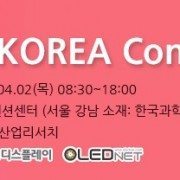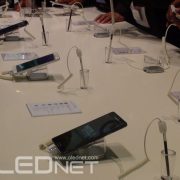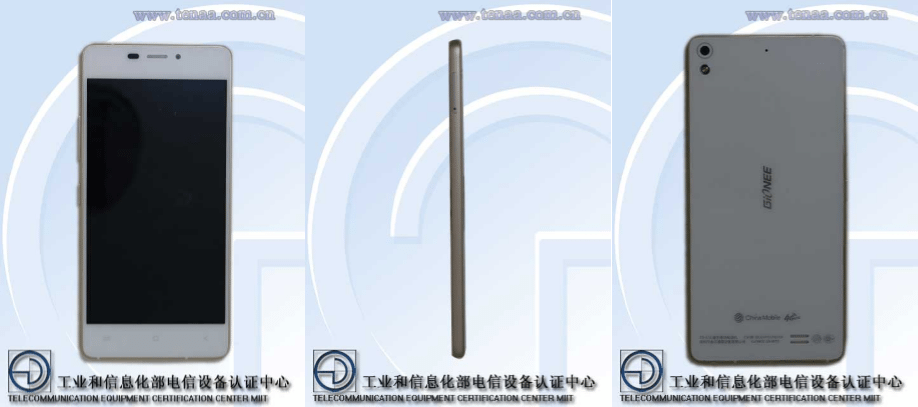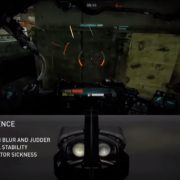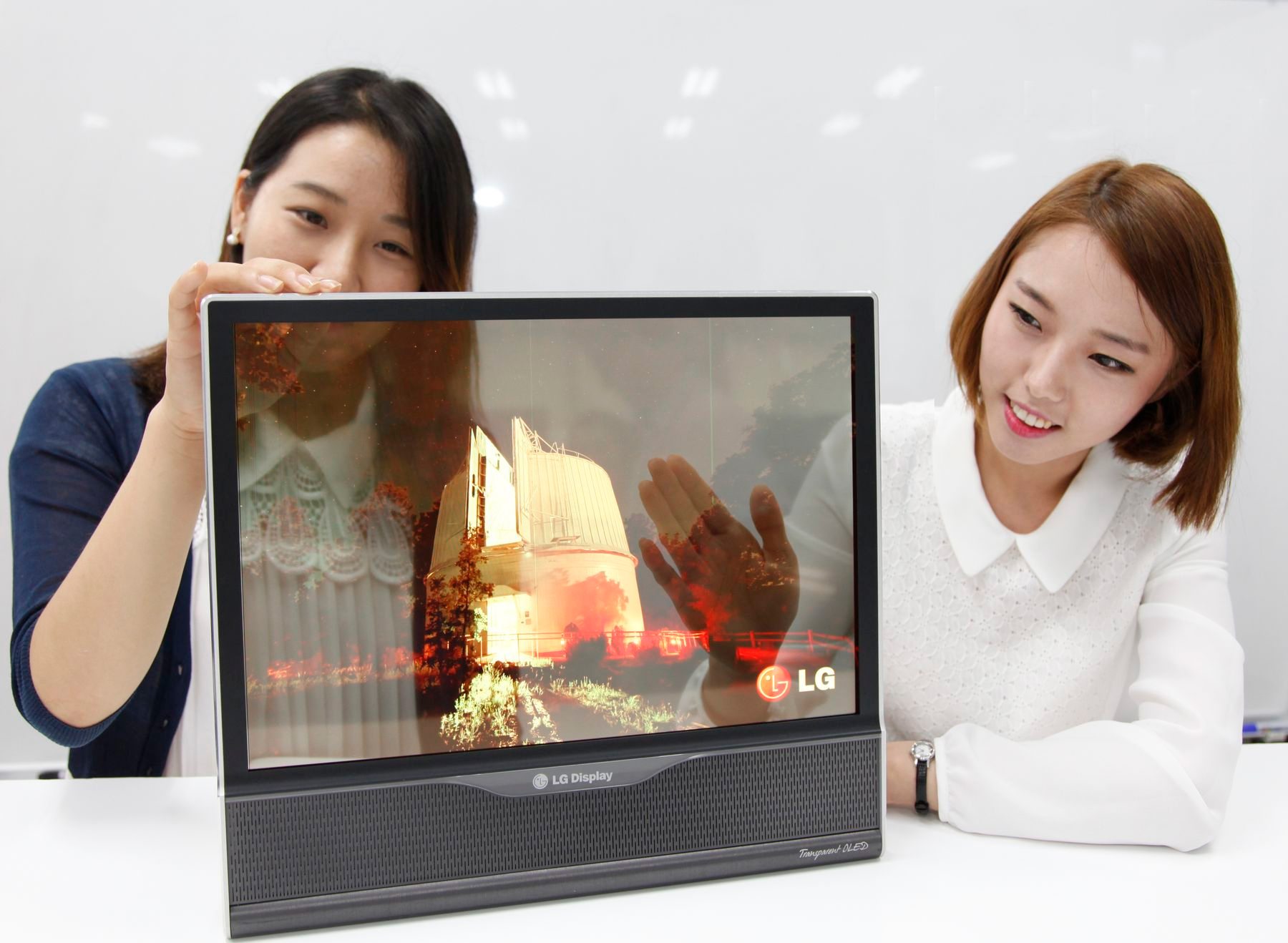미리 보는 OLED Korea
OLED 전문 시장 조사 기관인 유비산업리서치에서 한국 최초로 OLED 국제 비즈니스 컨퍼런스를 역삼동 소재 과학기술회관에서 4월2일 개최한다. 한국이 OLED 산업을 주도하고 있음에도 불구하고 아직 국제적인 비즈니스 컨퍼런스가 없었다. OLED패널을 생산하고 판매만 했지 한국을 중심으로 한 OLED 산업의 국제적인 네트워크가 없었던 것이다.
하드웨어 위주의 기술로만 구성된 한국 OLED 패널 산업을 산업을 지속 성장 시키고 발전 시킬 수 있는 소프트 웨어를 가미하기 위해 전세계 OLED 전문가들을 한자리에 모이기 위한 시도를 유비산업리서치에서 시작한다.
올해 처음 개최되는 OLED Korea의 핵심 Key word는 “OLED의 미래”이다. 삼성디스플레이 이기용 상무는 기조 연설에서 삼성이 이제까지 주도한 OLED의 과거와 현재를 분석하고 미래를 전망할 예정이다. 또한 LG디스플레 윤원균 OLED TV 상품기획팀장의 OLED TV의 미래에 대한 발표가 준비되어 있다. OLED TV 산업을 주도하고 있는 유일한 디스플레이 업체로서의 입장과 향후 전망에 대한 자세한 소개가 있을 예정이다. Visionox, Tianma에서도 각 사가 개발중인 OLED 패널과 기술을 소개한다. 이들 4개사로부터 향후 OLED 패널 제조 기술 트랜드가 어디로 갈지를 알 수 있다. 또한 일본 Analysis Atelier Corporation의 Hattori 박사는 일본의 OLED 디스플레이와 조명 OLED 산업 방향을 자세히 소개할 예정이다.
OLED Korea를 개최하는 유비산업리서치의 이충훈 사장은 “OLED의 미래”란 타이틀로서 OLED와 함께 변화할 사회에 대해 발표할 예정이다. 삼성SDI에서 OLED 과제를 최초로 기획하고 관련 기술을 개발하여 현재의 삼성이 가진 OLED 사업을 태동 시킨 경험과 15년간의 OLED 시장 조사와 컨설팅 경험을 바탕으로 향후 OLED 산업이 어떻게 사회를 변화 시킬 것인지에 대해 발표를 할 예정이다. 이충훈 사장은 한국 디스플레이 연구 조합(현 한국 디스플레이 협회)에 OLED 분과를 만들고 OLED 표준화와 이종 업체간의 교류를 주도하였으며, LG디스플레이가 양산중인 TV용 OLED의 hybrid encapsulation 기술을 최초로 개발한 장본인이다. 이충훈 사장은 OLED 기술적인 백그라운드와 기술조사, 시장 전망에 대한 전문 지식을 바탕으로 OLED 산업 방향을 제시할 예정이다.
OLED Korea 에서는 장비와 재료 분야의 국내외 최고 전문가들의 발표도 준비되어 있다. LG디스플레이의 M2라인 Gen8 증착장비를 세계 최초로 제작한 YAS의 최명운 연구소장이 Gen8 증착 장비의 핵심 기술에 대해 세계 최초로 공개한다. 10년간 OLED발광재료 사업을 추진하고 있는 두산 김태형박사는 OLED 발광 재료 기술과 동향에 대해 발표한다. 또한 재료 분야에서는 향후 OLED 시장을 주도한 flexible OLED 제조에 필수적인 기판 재료에 대해 코오롱 중앙기술원 강충석부원장의 발표가 있다. 더불어 폭발적으로 성장하는 OLED 발광재료 사업에서 효율적으로 재료를 생산할 수 있는 기술을 순수한 독자 기술로서 개발한 한국생산기술연구원의 김태원박사의 정제 기술에 대한 기술 소개도 예정되어 있다. 방습 기술 분야 전문 기업인 일본 O-WELL사의 Higashio씨는 수분 침투를 측정할 수 있는 첨단 장비와 기술에 대한 발표가 있다.
OLED 광원 기술을 한국에서 가장 먼저 개발하고 기술을 이전하고 있는 ETRI에서는 그 동안의 경험을 바탕으로 OLED 조명 기술에 대한 발표를 할 예정이며, 삼성SDI에서 OLED 패널을 개발하고 한국의 디스플레이 국책 과제를 주도하는 이정노 박사는 OLED R&D 지원 현황과 현 정부가 OLED 산업에 얼마나 관심을 가지고 있는지 자세히 소개할 예정이다. 이정노 박사는 세계 OLED 표준화 분야 의장을 수행한 경험이 있는 세계적인 표준화 전문가이기도 하다.
서울대 이창희교수는 향후 OLED의 최대 경쟁 기술로 예상되는 QD 기술에 대해 발표할 예정이다. 이창희교수는 학계에서 OLED 분야 최고 전문가로서 LG화학에서 OLED 발광재료 사업을 태동시켰으며, white OLED 기술 분야에서는 한국 최초의 전문가이기도 하다. 이창희교수는 OLED 표준화 분야에서도 세계적인 권위자이다. 세계 표준기구인 IEC에서 OLED 분과를 설립하고 최초로 의장을 지냈으며 한국이 OLED 기술을 주도할 수 있도록 막대한 노력을 기울였다.
OLED 산업의 투자 분야에서 가장 전문가인 삼성증권의 장정훈 수석애널리스트는 OLED 산업의 경쟁력과 시장에 대한 전망을 발표할 예정이다. OLED 산업에 종사하는 다양한 기업들의 실적 조사와 분석 분야에서 한국 최고의 전문가인 장 애널리스트는 향후 OLED 관련 기업의 투자 방향을 제시할 예정이다.

